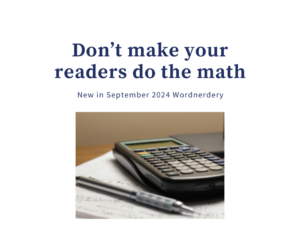 Sometimes the right words are just as effective as the famous picture that’s worth a thousand words.
Sometimes the right words are just as effective as the famous picture that’s worth a thousand words.
You may have heard about the wildfires that tore through Fort McMurray, Alberta, in 2016. News reports showed walls of flame and images of desperate people fleeing the city. The smoke was so bad it made skies hazy as far away as southern Ontario and the northern U.S.
So I had seen images, but didn’t have a full grasp of how apocalyptic the out-of-control wildfire was until I read Fire Weather: A True Story From a Hotter World by John Vaillant.
Vaillant thoroughly researched both that wildfire and fire itself, as well as the oil industry and climate change. He is a master at using analogies, examples and detail to paint a clear picture of what he called “the wildfire equivalent of Hurricane Katrina.”
With any complicated topic that serves up large (or small) numbers, it’s helpful to offer context. For instance, it’s hard to picture nearly half a million square miles, an area Vaillant described in the book as blackened by fire. However, he made it clear by comparing it to “an area the size of France and Spain combined.”
That sent me looking for more examples that show how to anchor numbers so your readers don’t have to do the math. You’ll find four ways to do so in the September issue of my newsletter, Wordnerdery,
Wordnerdery is a quick read about words, effective/expressive writing, newsletters and more. Are you a subscriber yet? If yes, thanks for reading! If not, you can sign up right now. In keeping with Canadian and American anti-spam laws – and just plain good manners – you can easily unsubscribe any time.
